1) Lake Nyos
Lake Nyos is a crater lake in the Region of Cameroon. Nyos is a deep lake high on the flank of an inactive volcano in the Oku volcanic plain along the Cameroon line of volcanic activity.
Lake Nyos lies within the Oku Volcanic Field, which is located near the northern boundary of the Cameroon Volcanic Line, a zone of volcanoes and other tectonic activity that extends southwest to the Mt. Cameroon stratovolcano. The field consists of basaltic scoria cones and volcanic maars. In 2005, Isaac Njilah, a geologist at the University of Yaoundé, suggested that the natural dam of volcanic rock that keeps in the lake’s waters could collapse in the near future.
The lake also poses a threat because its natural wall is weakening. The source of the CO2 was debated within the scientific community for many years, however, scientists eventually agreed that the source was nearby volcanic activity. Nyos is one of only three lakes known to be saturated with carbon dioxide in this way, and therefore prone to limnic eruptions. Lots of efforts have been made to reduce the amount of carbon dioxide and prevent a similar disaster from occurring.
2) Fukushima, Japan
In March 2011, the Fukushima Prefecture on the Japanese island of Honshu suffered from one of the greatest and worst nuclear disasters of all time.
After a very devastating earthquake and tsunami, a nuclear power plant exploded here, causing amplified damage to life in this area. Large amounts of water contaminated with radioactive isotopes were released into the Pacific Ocean during and after the disaster. Extremely high levels of harmful radiation are being recorded here. This radiation has caused miscarriages, stillbirths, or physical and mental disorders in babies. The region had experienced three earthquakes of magnitude greater than 8. The incident was rated 7 on the International Nuclear Event Scale (INES).
Michio Aoyama, a professor of radioisotope geoscience at the Institute of Environmental Radioactivity, has estimated that 18,000 terabecquerel (TBq) of radioactive Caesium-137 were released into the Pacific during the accident. The IAEA Laboratories reviewed environmental data provided by the Japanese authorities on monitoring the marine environment and also received terrestrial environment samples for independent analysis to examine and assess the radiation levels.
3) Mailuu-Suu, Kyrgyzstan
Mailuu-Suu is a mining town in the Jalal-Abad Region of southern Kyrgyzstan. It is one of the most radioactive places in the world.
Mailuu-Suu is the place where 10,000 tons of uranium were processed for the Soviet’s nuclear programs. These sites have contaminated the Mailuu-Suu river, a major tributary of the Syr Darya that flows through Kyrgyzstan and into Uzbekistan, carrying radioactive waste into the densely populated Ferghana Valley. In 2015, the European Commission launched an initiative to remediate the most dangerous sites in Kyrgyzstan. Consistent exposure to radioactive chemicals can retard growth and cause many deficiencies and deficits in many generations of people.
The Institute of Nuclear Physics under The Academy of Sciences of Uzbekistan has found that radioactive contamination in the river was two times higher during spring compared to the summer. Mailuu-Suu was found to be one of the 10 most polluted sites in the world. Due to the frequent occurrences of earthquakes, landslides, and floods, it is very difficult to live here. So it is known as one of the most dangerous places in the world. It has been economically depressed since the fall of the Soviet Union.
4) Dallol, Ethiopia
Dallol is a locality in the Dallol woreda of northern Ethiopia. It has a latitude and longitude of 14°14′19″N 40°17′38″E with an elevation of about 130 meters (430 ft) below sea level.
Dallol currently holds the official record for record high average temperature for an inhabited location on Earth. The underground water here cannot be used for any purpose as it is very acidic and salty with geysers that let out extremely toxic gases. In the region is the highly active hydrothermal system of Dallol, with numerous springs, terrace systems, and fumaroles.
This place is known as a ghost town. It is known for its unearthly colors and mineral patterns, and the very acidic fluids that discharge from its hydrothermal springs. After several unsuccessful attempts by companies to renew operations, the British dismantled the rail system for good. Dallol is a mixture of danger and beauty. The highest temperature ever recorded is 49 °C (121 °F).
5) Mount Sinabung, Indonesia
Mount Sinabung is a Pleistocene-to-Holocene stratovolcano of andesite and dacite in the Karo plateau of Karo Regency, North Sumatra, Indonesia, 40 kilometers (25 mi) from the Lake Toba supervolcano.
It is a dangerous place to live in or to visit because severely damaging eruptions occur here frequently. The area around Mount Sinabung is always on high alert. Animals were poisoned due to the pyroclastic flow. Mount Sinabung is featured in the 2016 Werner Herzog documentary “Into the Inferno”. A lava dome formed on the summit in 2013.
The Indonesian Center for Volcanology and Geological Hazard Mitigation advised villagers to keep a distance of at least 2 miles from the volcano, while 5,000 people were evacuated from North Sumatra Karo Regency. On 10 August 2020, Mount Sinabung erupted producing an eruption column of volcanic materials as high as 5,000 meters (16,400 feet) into the sky.
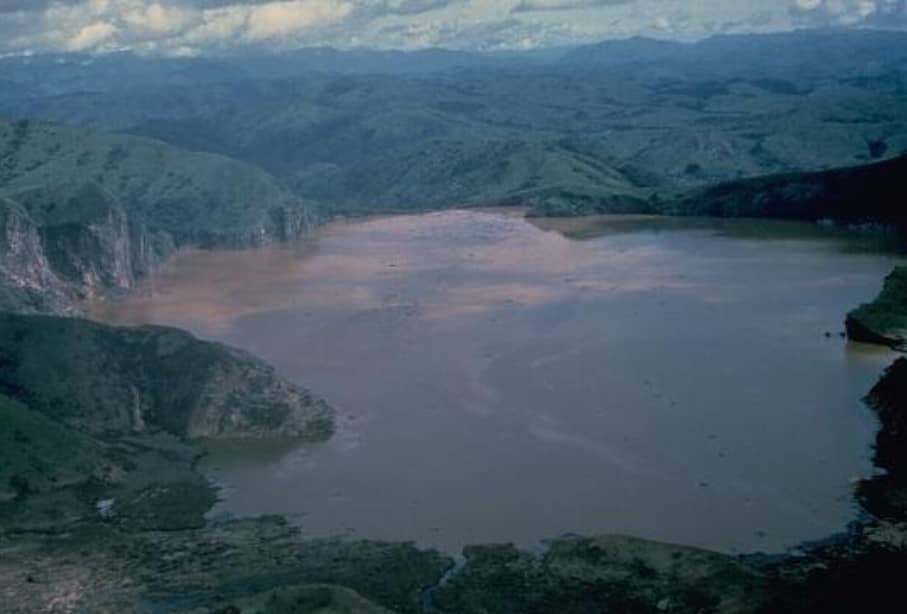
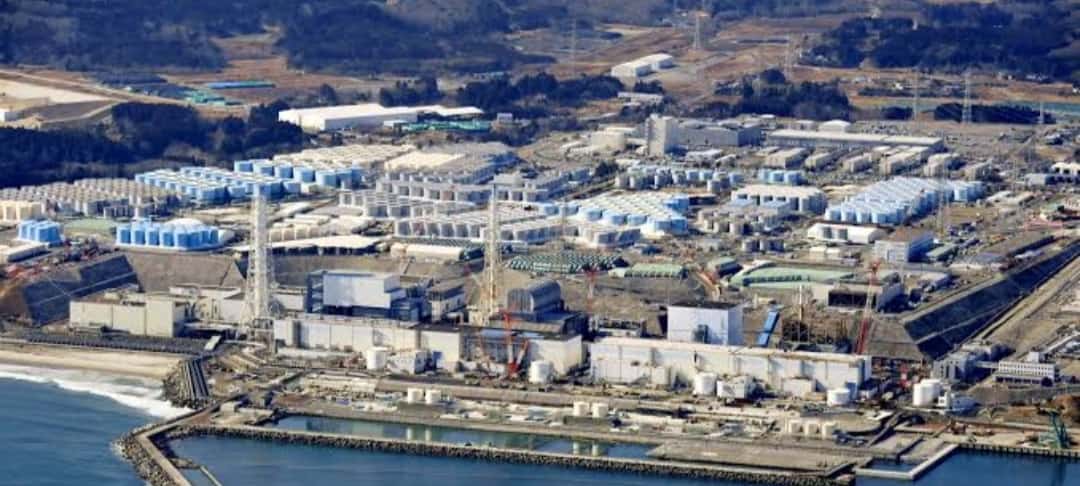
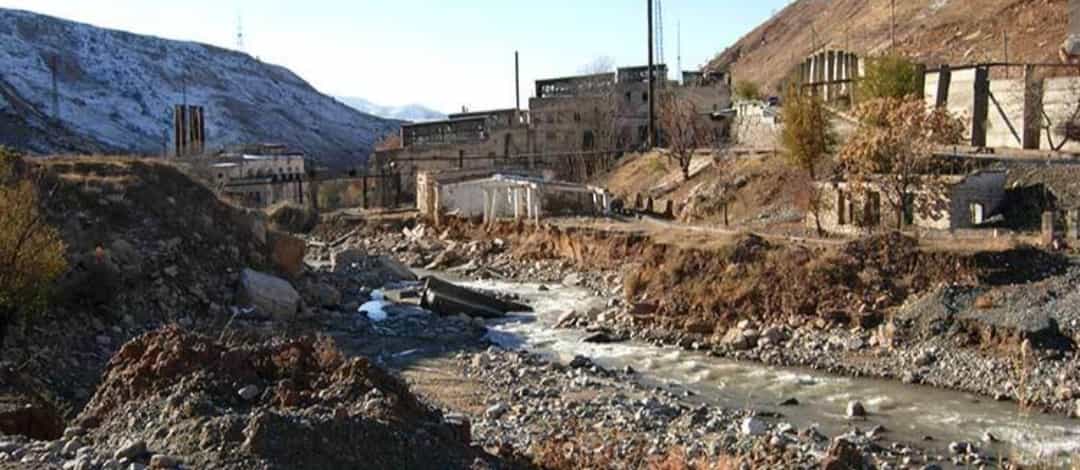
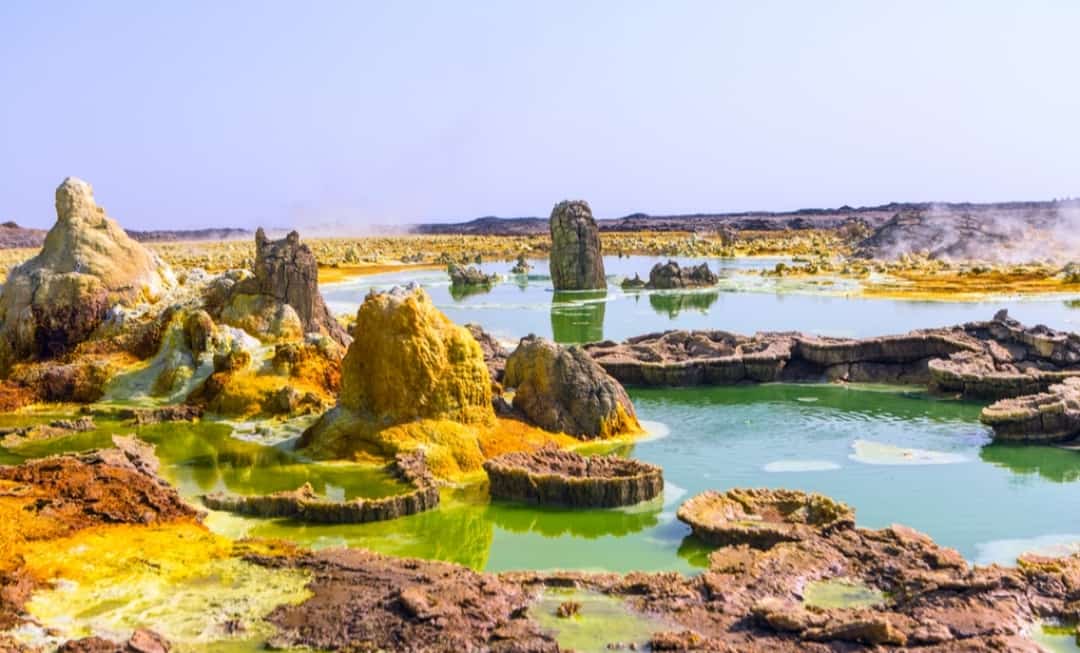
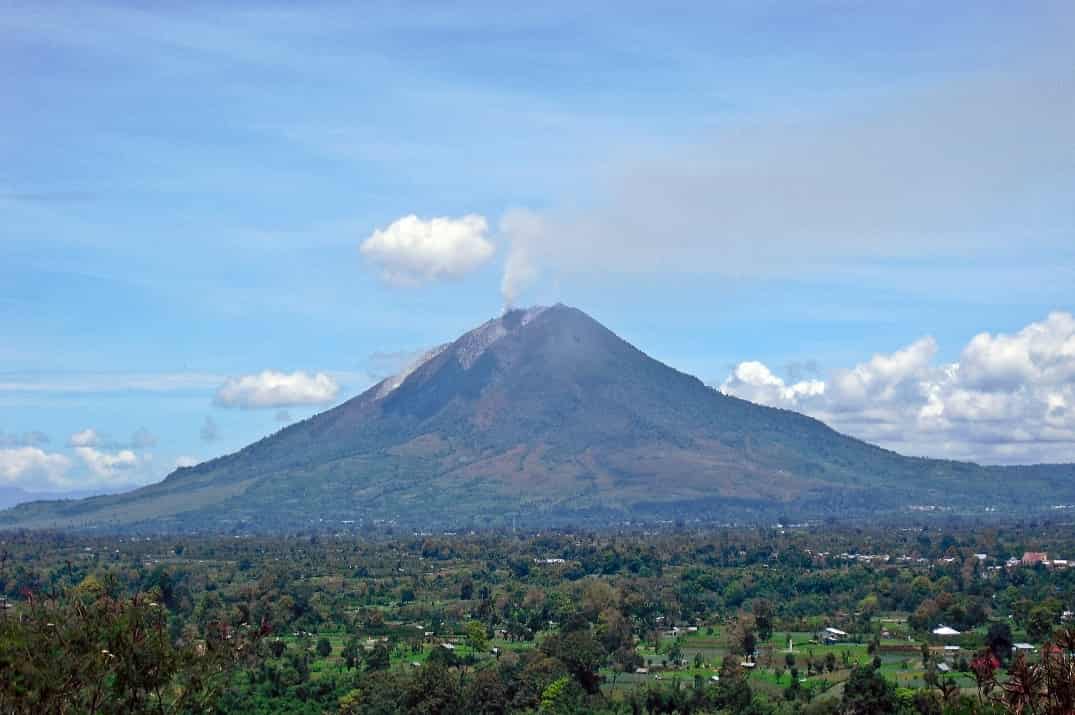
1 thought on “Soft Hearted People Should Not Visit This Place”